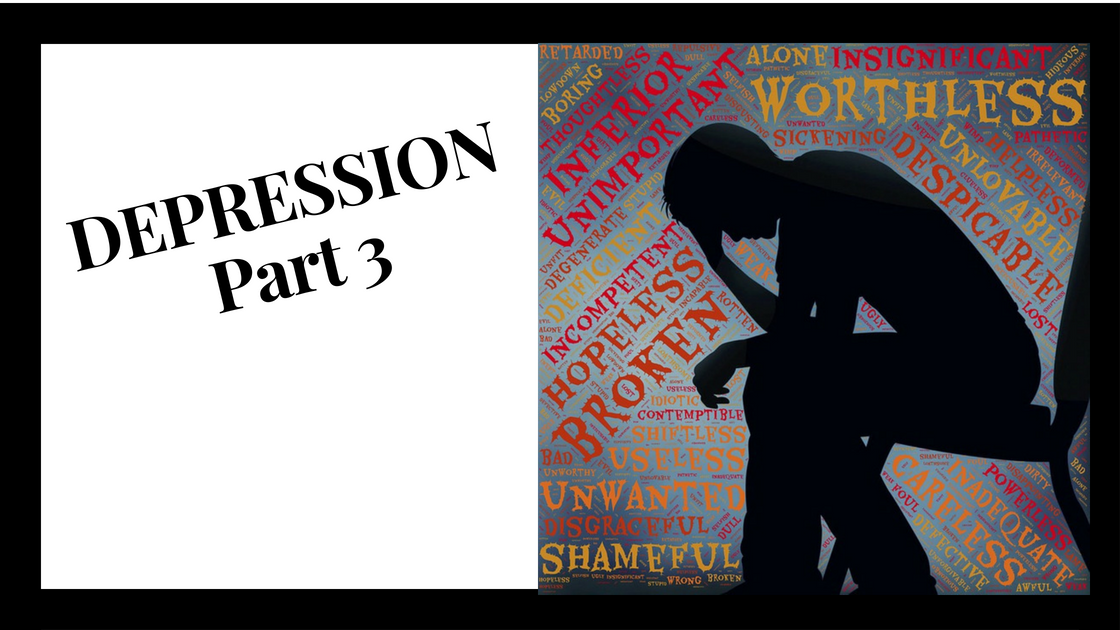Depression Part 3 Copy

Suicide
Depression is a fatal disease – 15% of untreated suffers will commit suicide. In the area that I live we have had some very real examples of this. One year there were seven suicides in our local high school. We wonder why the calls for help from these young people went unanswered. It is possible that some were the result of copycat action. These students watched the aftermath of their friend’s death, the attention shown to deceased, the anguish of the family, and they wanted that attention. It is possible that they did not understand that dead is dead. One teen committed suicide during the night when her whole family was home. In this case she could have done this at anytime during the day when no one was home. We will never know for sure but it is reasonable that she was calling out for help and thought she would be rescued.
Long after we were no longer giving talks about depression my speaking partner hung himself in his garage. He was a very bright man who to all intense understanding knew his disease and how it could be controlled. His wife had died several years ago and he was in a new lovely relationship. He had been retired for many years, his family grown and well settled. So why? We will never know.
Failure to Understand Depression
The failure to recognize depression may lead to:- A false belief that it can be handled alone with a “stiff upper lip”
- Feelings of fear and/or shame inhibit individuals from seeking proper treatment
- Physical illness and/or physical disabilities
- Suicide
Signs of Suicide
- Withdrawal from family and friends
- Loss of interest in work, school, social engagements
- Focus on death by talking about it, researching methods, obtaining items to commit suicide
- Making plans – one of our friends’ son who committed suicide flew from Ottawa to Vancouver, visited his cousins to say goodbye, flew back to Ottawa and hung himself
- Has tried suicide before
- Is just beginning to come up from a deep depression and now has the energy to try suicide
- Severe pain and despair
- Increased use of alcohol and/or drugs
Depression in Teen Years
Depression in the teen ages is very difficult to diagnose because signs of depression may resemble normal teenage problems. Such things as changes in mood, irritability, risk-taking behavior and troubles with parents, friends or schoolwork may indicate depression. Most teens do not want to open up and talk about the emotional turmoil they are experiencing.
Professional assessment of the duration, the intensity, and the impact on day-to-day life, is necessary before a proper diagnosis can be made.
Suicide for boys 15-19 has increased 30% from 2007 to 2015 and for girls 50%.
Types of Suicide
The gender split indicates that women are three times more likely to fail than men but will try two to three more often. Some of this might be the method each gender uses to commit suicide. Men tend to use quicker more lethal methods than women. In all cases there is more likely to be permanent damage than success.
Although both men and women might use firearms, women will use firearms 73% less often than men. The most common methods of suicide for men are firearms, hanging, asphyxiation, jumping, and moving vehicles. For women it is overdose on medications, cutting such as splitting wrists, and drowning.
Suicide Statistics
Death by suicide is a major health condition. In 2016 the [Centers for Disease Control and Prevention](https://webappa.cdc.gov/sasweb/ncipc/leadcause.html) released the following statistics:- Suicide was the tenth leading cause of death overall in the United States, claiming the lives of nearly 45,000 people.
- Suicide was the second leading cause of death among individuals between the ages of 10 and 34, and the fourth leading cause of death among individuals between the ages of 35 and 54.
- There were more than twice as many suicides (44,965) in the United States as there were homicides (19,362).
For Canada we do not have up to date statistics and the method to report them is different [Dustin MacDonald](http://dustinkmacdonald.com) who works in suicide prevention stated:
- The overall rate for suicide in Canada is 11.3 per 100,000 based on the 2012 Statistics Canada data (released in 2015), for both genders. This is mostly unchanged from the 5-year average of 11.36 per 100,000.
Success of Suicide Statistics
It appears that firearms and hanging are the most successful methods of committing suicide. Jumping also is quite successful. However the [American Association of Suicidology](http://lostallhope.com/suicide-statistics) has reported that there are 25 attempts at suicide to one successful. “In young people (aged 15 - 24), the odds are between 100 and 200 to 1 against. The elderly seem a lot more successful at 4:1.”
Women will attempt suicide more often than men. It is possible that this is a result of more women suffering deep depression
What to Do
( )
)
image source
If you think someone is in crisis and may try to kill himself or herself it is important to try to get them help. When someone talks about wanting to die, that they are worthless, that they have reason to live, that no one loves them, take this seriously. It is some one who is experiencing severe pain and may do themselves harm.
If you feel this might happen immediately call 911 or take the person to the emergency department. Most people do not really want to die they want help.